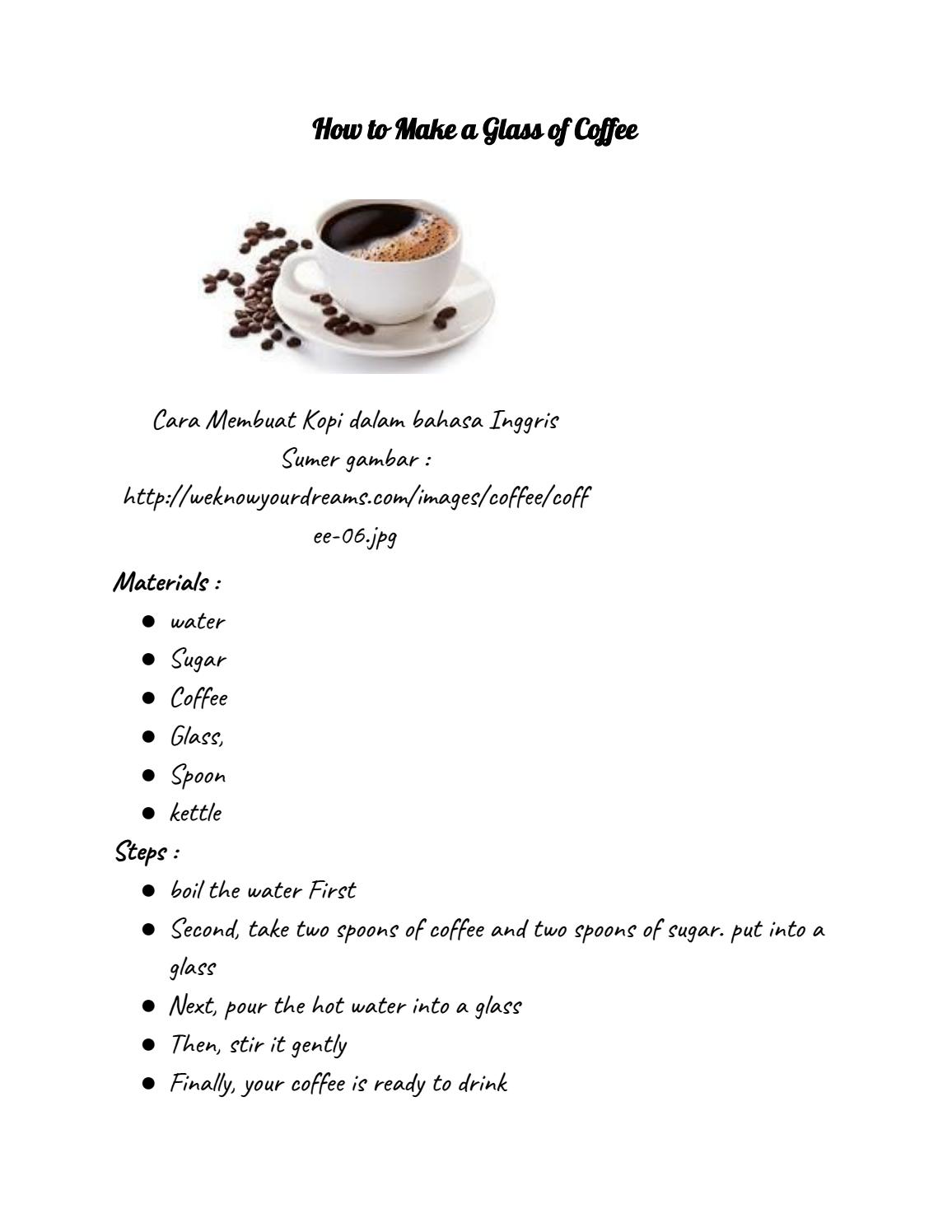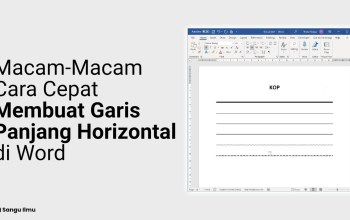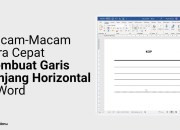
The Art and Science of Brewing Exceptional Coffee
Coffee, a ubiquitous beverage enjoyed globally, transcends mere functionality as a morning pick-me-up. When approached with intentionality, it transforms into a sensory experience, a moment of ritual, and a testament to the nuanced artistry of brewing. This article delves into the techniques and considerations necessary to elevate your coffee preparation from mundane to magnificent.
1. The Foundation: Bean Selection and Roast Profile
The journey to exceptional coffee begins long before the first drop hits your cup. It starts with sourcing high-quality beans. Seek out specialty-grade beans, often labeled with information about their origin (specific farm, region, or cooperative), varietal (e.g., Typica, Bourbon, Gesha), and processing method (washed, natural, honey).
- Origin Matters: Different regions impart distinct flavor profiles. Ethiopian Yirgacheffe beans, for example, are celebrated for their bright acidity, floral aromas, and delicate citrus notes. Sumatran Mandheling beans often exhibit earthy, full-bodied characteristics with hints of chocolate and spice.
- Roast Level’s Impact: The roast profile profoundly influences the final flavor. Light roasts preserve more of the bean’s inherent acidity and origin characteristics, often resulting in brighter, more nuanced cups. Medium roasts strike a balance between acidity and body, showcasing a wider range of flavors. Dark roasts, on the other hand, develop bolder, more bittersweet notes, often with a smoky or chocolatey character.
2. Grinding: Precision for Extraction
Consistent and precise grinding is paramount for uniform extraction. A burr grinder is an essential investment for serious coffee enthusiasts, as it crushes the beans between two rotating burrs, producing a consistent particle size. Avoid blade grinders, which chop the beans unevenly, leading to inconsistent extraction and off-flavors.
- Grind Size Relative to Brew Method: The optimal grind size depends on the brewing method:
- Extra Coarse: Cold brew
- Coarse: French press, percolator
- Medium-Coarse: Chemex
- Medium: Drip coffee maker, Aeropress (with standard method)
- Medium-Fine: Pour-over (e.g., Hario V60, Kalita Wave)
- Fine: Espresso, Turkish coffee
- Grind Consistency: Aim for a grind that resembles coarse sand for pour-over and table salt for espresso.
3. Water: The Unsung Hero
Coffee is predominantly water, so its quality significantly impacts the final brew. Use filtered water, ideally with a total dissolved solids (TDS) level between 75-250 ppm. Avoid distilled or softened water, as they lack the minerals necessary for proper extraction.
- Water Temperature: The ideal water temperature for brewing is between 195-205°F (90-96°C). This range allows for optimal extraction without scorching the coffee grounds. A temperature-controlled kettle is a valuable tool for achieving consistent results.
4. Brewing Methods: A Deep Dive
Let’s explore some popular brewing methods and the specific techniques involved:
-
Pour-Over (Hario V60, Kalita Wave):
- Equipment: Pour-over device, paper filter, gooseneck kettle, scale, timer.
- Ratio: 1:15 to 1:17 coffee-to-water ratio (e.g., 20g coffee to 300ml water).
- Technique:
- Bloom: Pre-wet the grounds with about twice their weight in water (e.g., 40ml for 20g coffee) and let it sit for 30-45 seconds. This allows the coffee to degas and prepares it for extraction.
- Pours: Gradually pour the remaining water in slow, circular motions, ensuring even saturation of the grounds. Avoid pouring directly on the filter.
- Drawdown: Allow the coffee to drip through completely. The entire brewing process should take between 2:30 and 3:30 minutes.
-
French Press:
- Equipment: French press, kettle, spoon.
- Ratio: 1:12 to 1:15 coffee-to-water ratio (e.g., 30g coffee to 450ml water).
- Technique:
- Steep: Add coffee grounds to the French press and pour in hot water (just off boil).
- Stir: Gently stir the grounds to ensure even saturation.
- Steep Time: Let the coffee steep for 4 minutes.
- Skim: Use a spoon to remove any foam or grounds that float to the surface.
- Press: Slowly and evenly press the plunger down.
- Serve: Pour immediately to prevent over-extraction.
-
Aeropress:
- Equipment: Aeropress, paper filter, kettle, spoon.
- Ratio: Varies, but a good starting point is 1:15 (e.g., 17g coffee to 255ml water).
- Technique: (Inverted Method)
- Assemble: Insert the plunger into the Aeropress chamber and flip it upside down.
- Add Coffee: Add the coffee grounds.
- Bloom: Pour in a small amount of hot water (about twice the weight of the coffee) and let it bloom for 30 seconds.
- Pour: Add the remaining water.
- Stir: Stir gently.
- Cap: Attach the filter cap.
- Flip: Carefully flip the Aeropress onto a sturdy mug.
- Press: Slowly and evenly press the plunger down.
-
Espresso (Using a Manual Lever Machine):
- Equipment: Espresso machine, grinder, tamper, scale, distribution tool (optional).
- Ratio: 1:2 to 1:3 coffee-to-espresso ratio (e.g., 18g coffee in, 36-54g espresso out).
- Technique:
- Grind: Grind the coffee finely.
- Dose: Weigh the coffee grounds to ensure consistency.
- Distribution: Use a distribution tool to evenly distribute the grounds in the portafilter.
- Tamp: Tamp the coffee firmly and evenly with a calibrated tamper.
- Brew: Insert the portafilter into the espresso machine and initiate the extraction. Aim for a consistent flow of espresso that resembles warm honey.
- Stop: Stop the extraction when the desired weight of espresso is reached.
5. Troubleshooting and Refinement
- Sour Coffee: Underextraction. Grind finer, increase water temperature, or extend brewing time.
- Bitter Coffee: Overextraction. Grind coarser, decrease water temperature, or shorten brewing time.
- Weak Coffee: Insufficient coffee grounds. Increase the coffee-to-water ratio.
6. Elevating the Experience
- Cup Selection: The shape and material of your cup can influence the perceived aroma and taste.
- Tasting Notes: Pay attention to the flavors and aromas you detect. Use a coffee flavor wheel as a guide.
- Experimentation: Don’t be afraid to experiment with different beans, roast levels, grind sizes, and brewing methods to discover your personal preferences.
Brewing exceptional coffee is a journey of exploration and refinement. By understanding the fundamentals and embracing experimentation, you can unlock the full potential of this remarkable beverage and create a truly satisfying experience.













